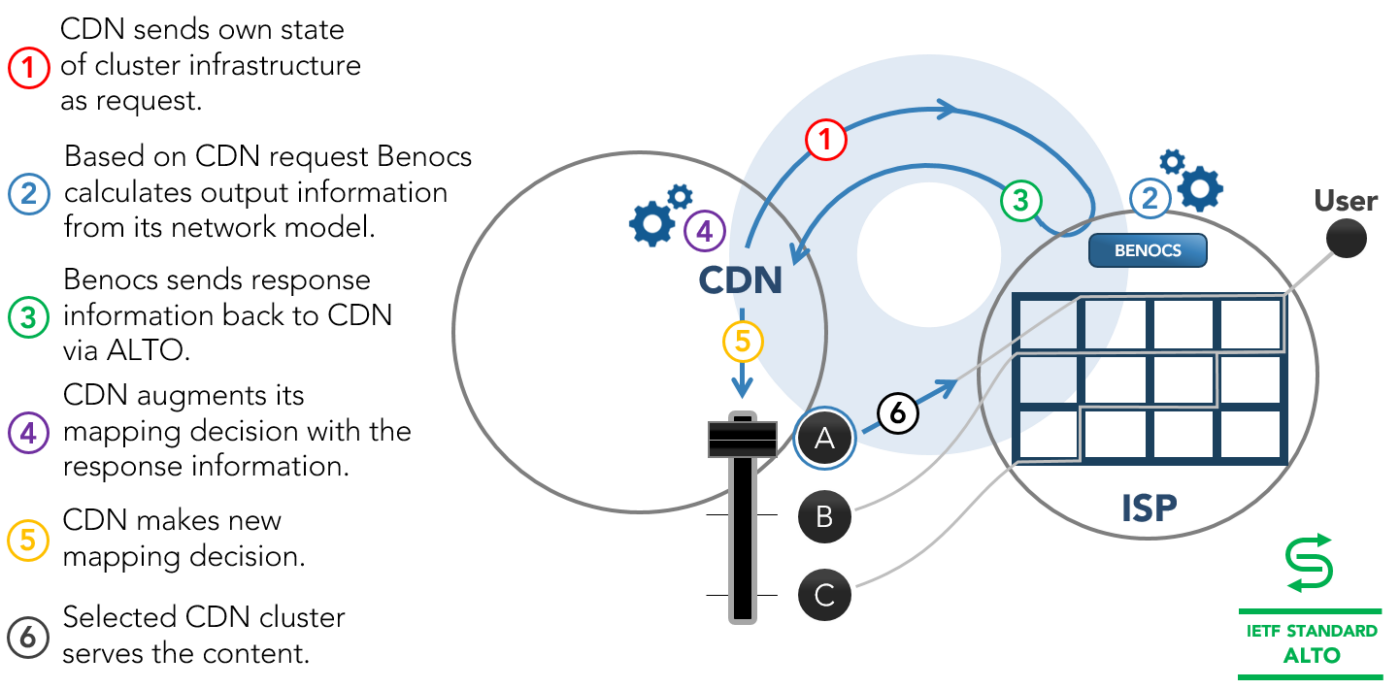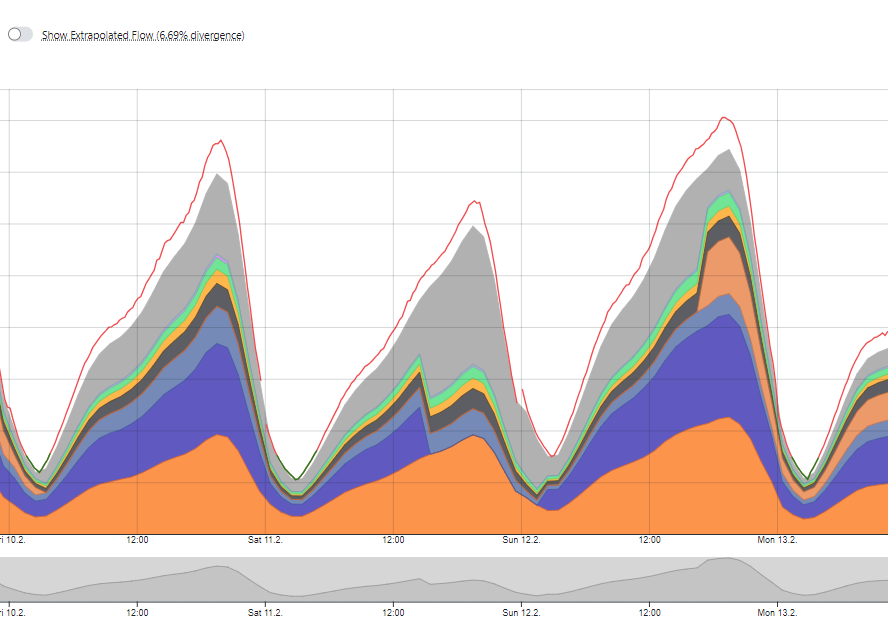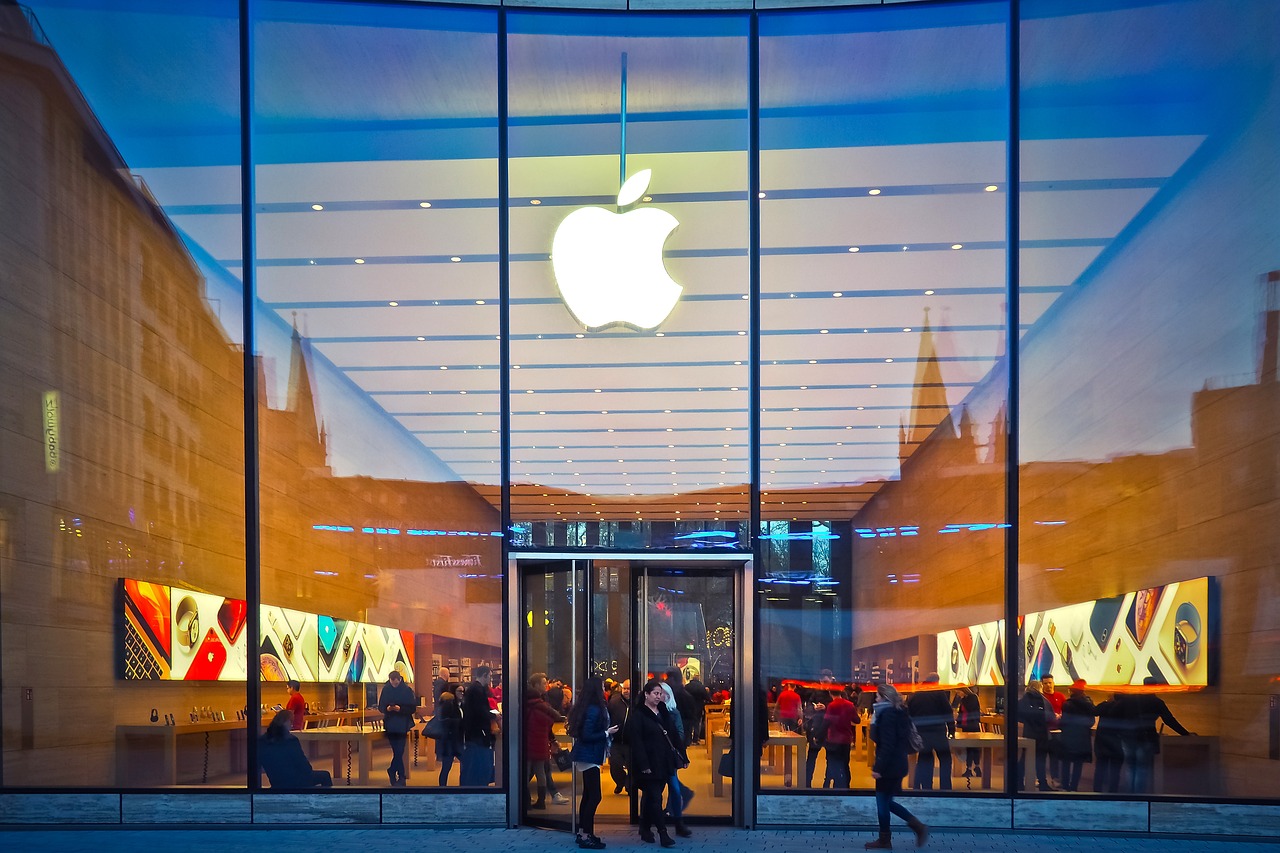It’s that time of year again. Another great year is over, and it is time to start making plans for an even better year to come. As we begin to map out our goals for the next 366 days, we thought it might be fun to look further into the future at the potential solutions and services BENOCS could offer its user… when the time is right.
Today, network analytic tools are typically used for four main purposes: DDoS protection, peering & transit optimization, network planning and network debugging. However, as the network continues to grow and change, it is important that you not only choose analytics tools that can support these tasks now, but to also invest in those that are adaptable for whatever new challenges emerge on the network in the future. Here are a few areas of data-driven network management that we believe will one day be relevant that BENOCS could provide.
Probe Data Integration
In order to guarantee a great quality of service for end-users, network service assurance departments on both the network side and the content-producer side use network probes to determine user experience in real time and on granular level. This solution is providing great insight, however debugging still is a manual process, which will eventually become insufficient as the network expands and traffic volumes grow. What service assurance departments will need in addition to knowing when the service performance has decreased is the ability to see where the problem lies for accurate troubleshooting. BENOCS works on solving that issue by creating a probe integration tool that will operate using the relevant data on network topology already collected by our Core Engine.* Not only could it show when the quality of service has decreased, but also the exact path that traffic traveled on, allowing you to see where the quality problems occurred and immediately take action against it.
Cost and Revenue Implications
As a Transit Provider, one of your goals is to decide on how to send traffic at the lowest cost without sacrificing quality of experience for end-users. Typically, traffic can be sent via very different alternative paths: the cheapest route that often fails during peak hours, the mediocre route that is slightly more expensive, or the highest quality and most expensive route, just to name a few. As technology for changing the traffic patterns is limited, Transit Providers are often faced with the decision to either provide great service all of the time OR pay the lowest price. What if there was a way to know exactly when to switch between the routes in order to provide the targeted service levels at the lowest cost? Using the network data already integrated in BENOCS, there is a potential to create a cost and revenue integration solution allows you to automatically change the route of traffic during network failures and peak hours, depending on commercial- and quality-parameters. This means sending your traffic on the low-priced route until it no longer satisfies your quality standards. On top of that, you would obtain more differentiated billing capabilities, charging your customers more accurately by having visibility into the revenue and applicable cost of each customer network.
DNS Data Integration
The role of CDNs on the network has changed significantly over the last decade. As the demand for internet content continues to increase, so does the demand for getting that content from the content provider to the end-user. For this reason, CDNs have grown in size and market share, and now carry diverse content types from multiple content providers. At the same time, public CDNs are also increasingly used to offload traffic during peaks hours and in hard-to-reach networks. Given the diversity and volatility of traffic carried by a single CDN, it is becoming increasingly important for networks to understand the structure and profile of a CDN’s traffic stream to avoid overload and abuse. Since DPI is not viable anymore, integrating DNS information with traffic data from the BENOCS Core Engine could provide necessary visibility into CDN traffic flows in order to full understand the traffic in your network.
SDN Controller Input
In some cases, the future of the network is already taking place as new technology is developed and tested every day. We see SDN technology being deployed not only at the customer edge, but also in core-backbone segments. As the network backbone’s hardware becomes softwarized and thus configuration- and automation- capabilities enhance, you will need to have deep and automated network visibility in order to take full advantage of the new kit. Bringing network-external parameters (like QoE, price) into routing decision algorithms greatly enhances the cost-efficiency and quality of your network, at lower capex. And how could one achieve this visibility and automation? You guessed it! With BENOCS. Such external parameters, combined with the data already collected and processed in BENOCS Core Engine, become important SDN-Controller-Input, which would trigger network automation in SDN-empowered networks.
The future of the Internet is exciting, however, knowing how it will develop and what is necessary for its maintenance is important for its overall sustainability. That is why it is important to invest in products and tools that are already backed by powerful data architectures and have the potential to evolve into the products you need to bolster your future network’s performance.
Please visit our Analytics and Director pages to learn more about what BENOCS provides today, or contact us anytime.









